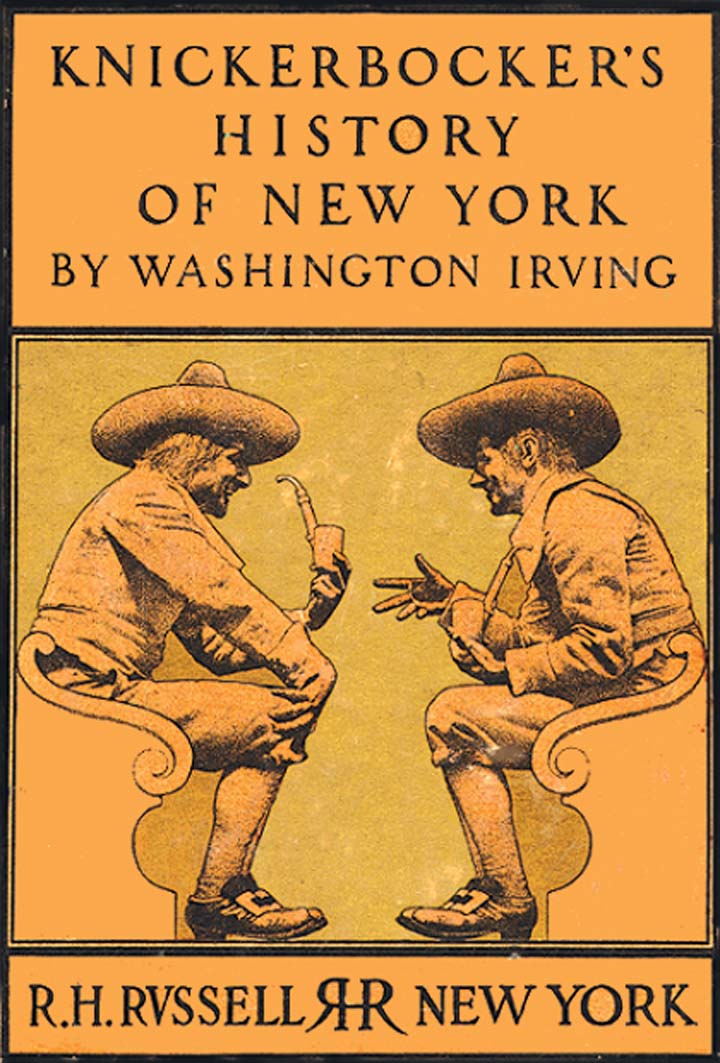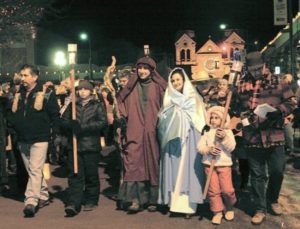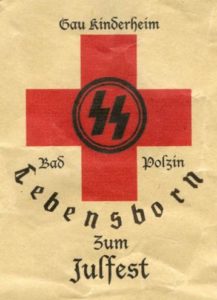
During his heyday, megachurch preacher Robert Schuller(1926-2015) presided over his Crystal Cathedral and ordained many a Christmas spectacle. The production wrought for 1994 was particularly gaudy as it was meant to celebrate his 40th anniversary as a clergyman. The “Glory of Christmas” nativity show turned his church into what one visitor described as “a cross between a zoo and the set of Les Miserables”. Eight darting and swooping angels accompanied a 200-member chorus in “Hark the Herald Angels Sing”; a local football team mounted on real horses played a detachment of Roman soldiers; ballet dancers interpreted the nativity story; the Star of Bethlehem was represented by a 2,000-watt searchlight shining out of the crib, and the Magi arrived on real camels. In addition there was a host of baby animals — kids, lambs, calves and donkeys — specially bred for the show by the Cathedral’s animal handler.
Here is a link to the show in its entire cheesy splendour: https://www.youtube.com/watch?v=e06WkQ3V7Mg. (The video is too large to be inserted directly into this post.)








